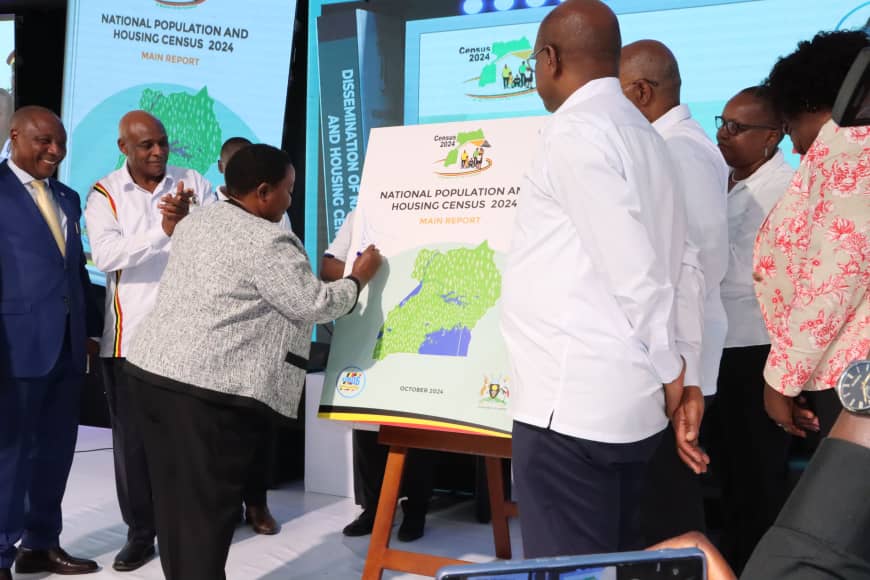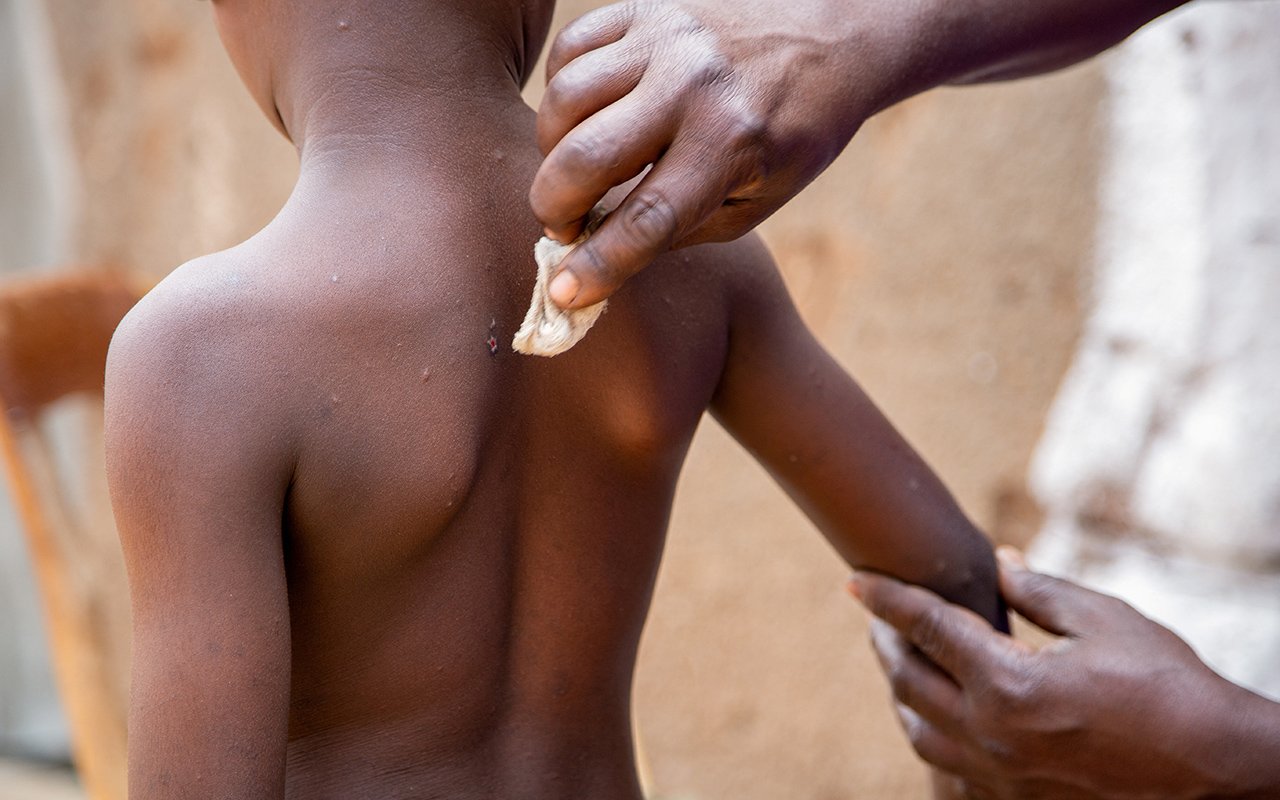Ugandans query credibility of national population census figures

An elderly woman answers questions from a census enumerator from the streets of Kampala on Census night. Photo | Abubaker Lubowa
What you need to know:
- Mr Vincent Senono, the principal statistician and the acting deputy executive director of Ubos, said that there could have been a mix-up.
A number of questions have emerged following the release of the National Population and Housing Census 2024 final results by the Uganda Bureau of Statistics (Ubos).
This was after the bureau issued contradicting statistics of Acholi and Bagisu population.
According to the 2024 results released yesterday, there was a reduction in the population of Bagisu and Acholi, yet the previous census results were different.
The report indicated that Bagisu reduced from 2.3 million in 2014 to 2.0 million people, while Acholi reduced from 2.1 million in 2014 to 1.9 million people.
However, in the National Population and Housing Census 2014, the bureau reported that the population of Bagisu was at 1.65 million and Acholi 1.47 million.
Although the bureau also indicates increases in the population of Bakiga and Langi, the bureau indicated contradicting statistics of 2014.
For example, the 2024 report indicated that Bakiga were 1.4m and Langi 1.6m in 2014, while the 2014 report indicated that Bakiga were 2.39m and Langi 2.13m in 2014.
Statistics for the 2024 census indicate that Baganda remained the dominant ethnic group with 7 million people, an increase from 5.5 million in 2014. They are followed by Banyankore (4.2 million), Basoga (3.7 million), Iteso (3.1 million), Bakiga (2.9 million) and Langi (2.7 million). This is followed by Bagisu with 2 million people, Acholi (1.9 million), Banyoro (1.2 million), Alur (1.1 million), Bakonzo (1.1 milion), Batoro (1 million), Bafumbira (0.9 million) and the other tribes contribute 8.9 million people.
Public reacts
The confusion has triggered reactions from the public poking holes in the report, witth some doubting its credibility while others on social media claim it could have been an intended move to reduce the population of the two tribes.
When contacted yesterday evening, Mr Vincent Senono, the principal statistician and the acting deputy executive director of Ubos, said that there could have been a mix-up.
He said he would confirm and get back to us today. However, he confirmed that the statistics of 2024 are accurate.
“The figures of 2024 are correct but someone compiled the data compared with 2014 so I need to cross-check whether he copied 2024 properly. The one which was in 2024, I am the one who analysed it and it is correct,” he said.



